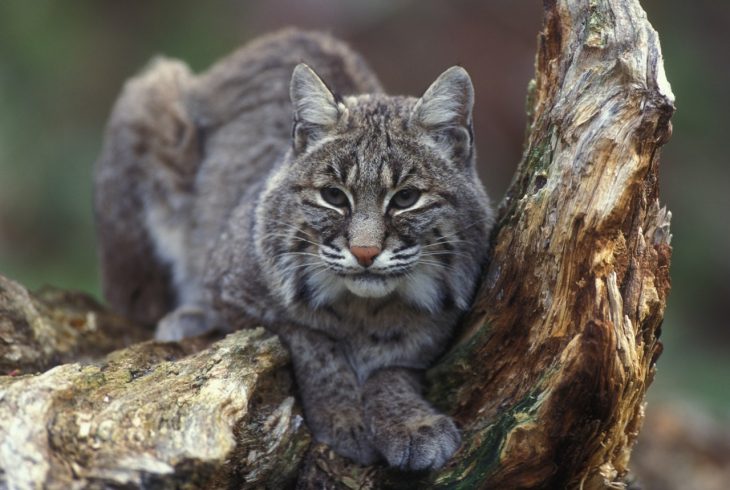
The bobcat, with the scientific name Lynx Rufus, is a medium-sized wild cat native to Northern America. How big are they? With their pointy ears and bobbed tails, bobcats are double the size of ordinary house cats, but not as big as mountain lions. Bobcats are exotic cats, but they do not fall under the endangered animal category. In fact, since 2002, it is considered a “least concern” by the International Union for Conservation of Nature (IUCN) Red List.
Did you know that the bobcat is the friendliest of all the exotic cats because they bond strongly with their owners? In fact, despite their large build and ferocious appearance, bobcats are not typically dangerous to people as there have been no records of attacks yet.
But that does not mean they will back down if it calls for a fight! Bobcats attack when threatened — and they attack ferociously. You won’t what hit you when they lunge. They are fast, and with their sharp claws, they are expected to make some terrible damage. Add to these is that some bobcats can be with rabies. Some scary but fascinating bobcat facts we have here! Find out more with this collection of interesting bobcat facts we compiled for you.
- There are around 12 known subspecies of bobcats today.
- Female bobcats typically give birth to one to eight kittens per litter.
- Kittens of bobcats will stay with their mother for about nine to 12 months until they can survive on their own.
- The average adult bobcat weighs around 8.6 kilograms.
- The average lifespan of a bobcat is around seven years and rarely exceeds 10 years of age when in the wild.
- Bobcats are native to North America and can also be found in parts of Southern Canada.
- The bobcat population in the United States is estimated to be around 2.6 million.
- Bobcats typically begin to breed by the time of their second summer.
- Bobcats are also considered to be good climbers and can jump over things as high as six feet tall.
- Various calls that a bobcat uses resemble that of a domestic house cat when they are threatened.
- A young bobcat is called a kitten while the adult females are referred to as a queen.
- Male bobcats are referred to as “tom” due to a popular book published in 1760 titled The Life and Adventures of a Cat.
- Bobcats are often hunted for their soft and spotted fur which is used and sold to different markets.
- Bobcats typically live in hollow trees and rock crevices that act as improvised dens for them.
- Despite being a large carnivorous animal, bobcats are not known to attack people for no reason.
- In some cases, female bobcats can begin breeding as early as one year old.
- Bobcats are one of the few felines apart from the domestic cat that can purr.
- Bobcats are also considered to be solitary animals.
- A group of adult bobcats is referred to as a clowder and kindle if it is a group of young bobcats.
- Bobcats hunt during the night.
Bobcats excel in hunting in the wild and can be quite ferocious.
These wild creatures can successfully hunt for prey that is relatively much bigger than them. Despite that, these wild cats typically hunt smaller creatures such as rabbits and mice.
Bobcats have excellent stealth abilities which allow them to remain undetected by their prey. When a bobcat is ready to attack, it can leap up to almost 20 feet towards its prey with great power and speed.
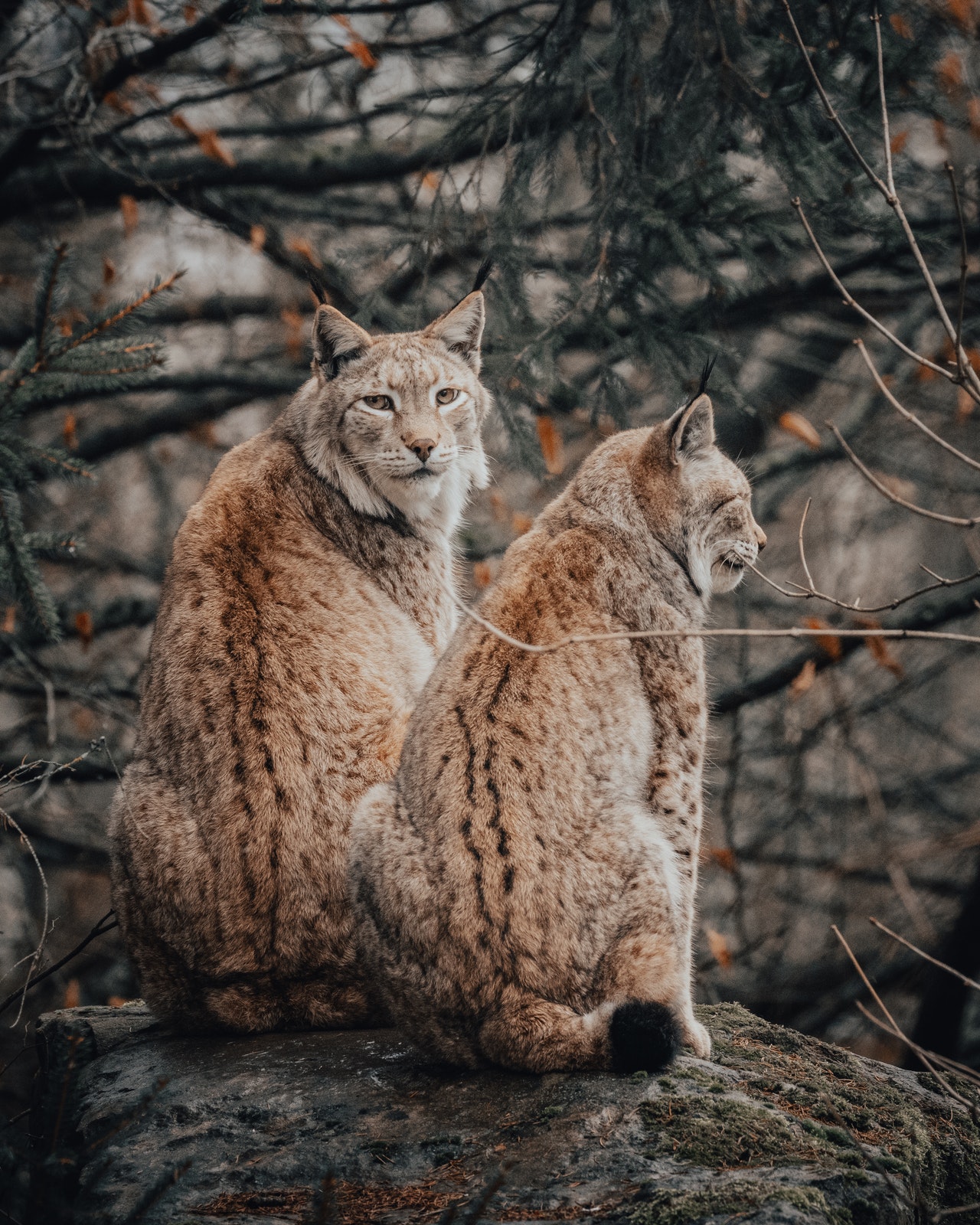
Male bobcats tend to live in larger territories compared to their female counterparts.
Much like other cat species, the bobcat is also considered to be territorial and will often mark its home by scratching surfaces and leaving behind deposits of its urine or feces. The male bobcat typically roams around multiple territories and guards them while the female typically lives in smaller areas to take care of their young.
While the bobcat is considered to be a solitary animal, it’s not uncommon for some of them to overlap between territories. Some observations have also shown that bobcats will seldom fight over their territories by asserting dominance over the other.
The male bobcat is typically larger than the females.
For bobcats, a male is typically a third larger than the average size of a female bobcat. On average, adult male bobcats are around three feet in length and weigh somewhere between 20 to 30 pounds.
On average, the tail length of a bobcat often ranges around five inches in total where the tail of the female will also be typically shorter than the male. Additionally, depending on which region in Northern America the bobcat is spotted, the average bobcat can also weigh a few pounds over 30 due to the larger source of prey in the area.
In some cities in the United States, bobcats are slowly becoming a common sight.
As of 2017, bobcat sightings within American cities such as Los Angeles and New Hemisphere are slowly becoming more common. According to research, bobcats are slowly beginning to thrive off of animals found in urban locations and preying on small animals such as birds, rodents, stray cats, squirrels, and many others.
Due to their nocturnal nature, bobcats can live in a wide selection of areas such as all types of forest, scrublands, coastal swamps, and many more. In some cases, there have also been cases where bobcats were found to feed on livestock and other domestic animals as well.
The ancestor of the bobcat migrated from Eurasia to North America 4 million years ago.
According to scientists, the earliest known relative of the Lynx genus originally evolved in Africa over 4 million years ago and is known by scientists as the Issoire Lynx or Lynx Issiodorensis. Further research has also discovered that the appearance of this lynx closely resembled the average modern housecat more than modern relatives of this genus do. Today, modern bobcats are considered to be a descendant of the old world lynx.
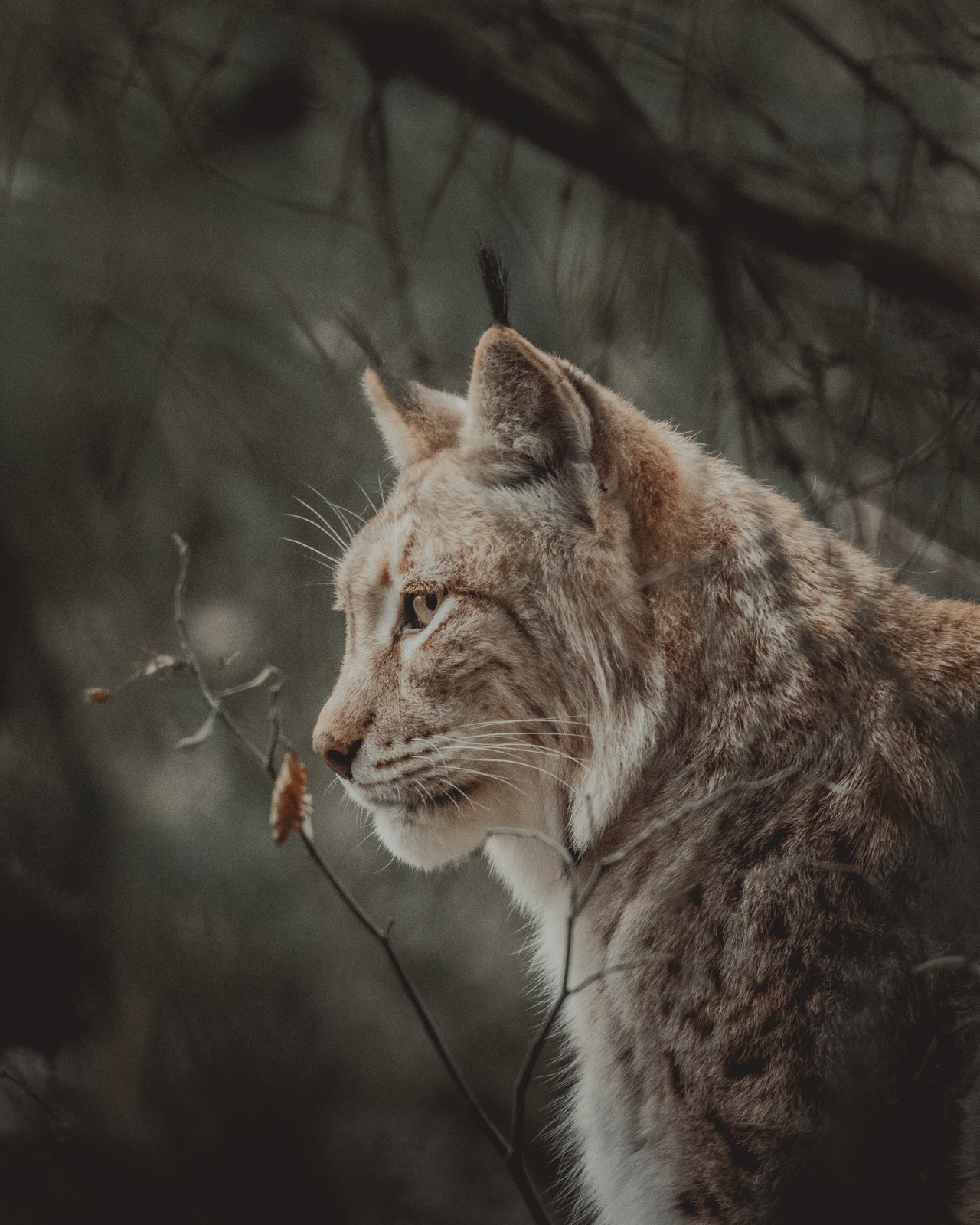
The bobcat and the Canadian lynx are often mistaken for each other due to their similarities.
According to scientists, bobcats classify as a type of lynx which explains the similarities that it shares with the Canadian Lynx. Both species are similarly proportioned and also have the same tail and pointed ear features.
However, the Canadian Lynx is noted to always be slightly larger than the bobcat, which helps differentiate the two species from each other. Additionally, their tails also have different patterns. The tail of the bobcat usually has black bands on it rather than the solid black tip of the Canadian Lynx.
Bobcats typically move in a direct register walk.
This is classified as a walking pattern where the hind feet always land directly on top of the front feet. This is also known as an overstep walk where each side of a bobcat’s hind feet are registered just in front of the corresponding foot.
Common predators of the bobcat include panthers, wolves, foxes, and humans.
Because of their average size, bobcats are typically hunted by much larger animals in the wild such as mountain lions, coyotes, wolves, and even owls. With this, bobcats typically move from shelter to shelter daily as a means of survival.
However, despite their small size in comparison to other predators, the bobcat is considered to be quite fierce and will often fight back against attacks.
Bobcats are known to have excellent eyesight and a great sense of smell.
During the night, these senses are used to help a bobcat find prey and avoid other predators. At night, bobcats pay attention to the sounds around them or use their nose to pick scents of small animals that they can hunt.
Bobcats have a total of 28 teeth which includes the four canine teeth.
When hunting, bobcats use their four sharp canines to piece deeply into their prey to capture and immobilize them. Additionally, all of their other teeth are also sharp enough to cut through skin and tear apart from the flesh of their victims.
While biting down on its prey, a bobcat will also use its five retractable hooked claws to secure the small animal and finish killing it off before eating.

The pregnancy of a female bobcat typically lasts between 50 to 70 days.
During its pregnancy, the female bobcat will often stay in dens made from fallen logs or in the crevices of rocks. On average, the female spends around two months in her pregnancy. She will also continue to hunt for herself and her kittens after they are born.
During mating season, males will mate with as many female bobcats as it can until it is no longer in heat. Once the female has finished giving birth, it will take care of its young until they are fit enough to fend for themselves, and the cycle will continue.
Bobcats will typically claim two to three different territories as their home.
These creatures typically claim territories within one to 18 square miles from each other to enhance the size of their hunting grounds. Depending on the time of year, the size of their territories may also vary where it will have smaller areas during the winter and wider areas in the summer.
On average, a bobcat will have around two to three areas marked as its territory at a time until it is ready to move to a new location.
Bobcats do not hibernate during the winter and instead continue to hunt for food daily.
According to research, bobcats remain active throughout the year. They do not hibernate or migrate to other locations during the winter months. Additionally, while they are mainly known to have crepuscular behaviors, bobcats may also hunt during the day to find more prey during the winter where there is less prey roaming around freely.
When hunting, bobcats are considered to be ambush predators.
When hunting, bobcats exhibit behaviors such as stalking their prey to gain the element of surprise. Typically, bobcats ambush their prey to prevent them from running away and escaping. This method of hunting also allows a bobcat to preserve its energy to focus on attacking rather than having to run after its prey each time.
This article belongs to Facts.net and may not be reproduced, copied, edited, published, transmitted, or uploaded in any way without the permission of Facts.net.
Bobcats are not considered to be legal pets without the authority granted by a permit.
According to American laws, a bobcat may only be kept in captivity by facilities such as zoos, animal sanctuaries, educators, and research facilities. The mentioned facilities are currently the only ones that can be granted a special permit to house these animals due to public safety issues.
As of 2019, more states in America are beginning to outlaw the ownership of other feline species apart from the domestic house cat.
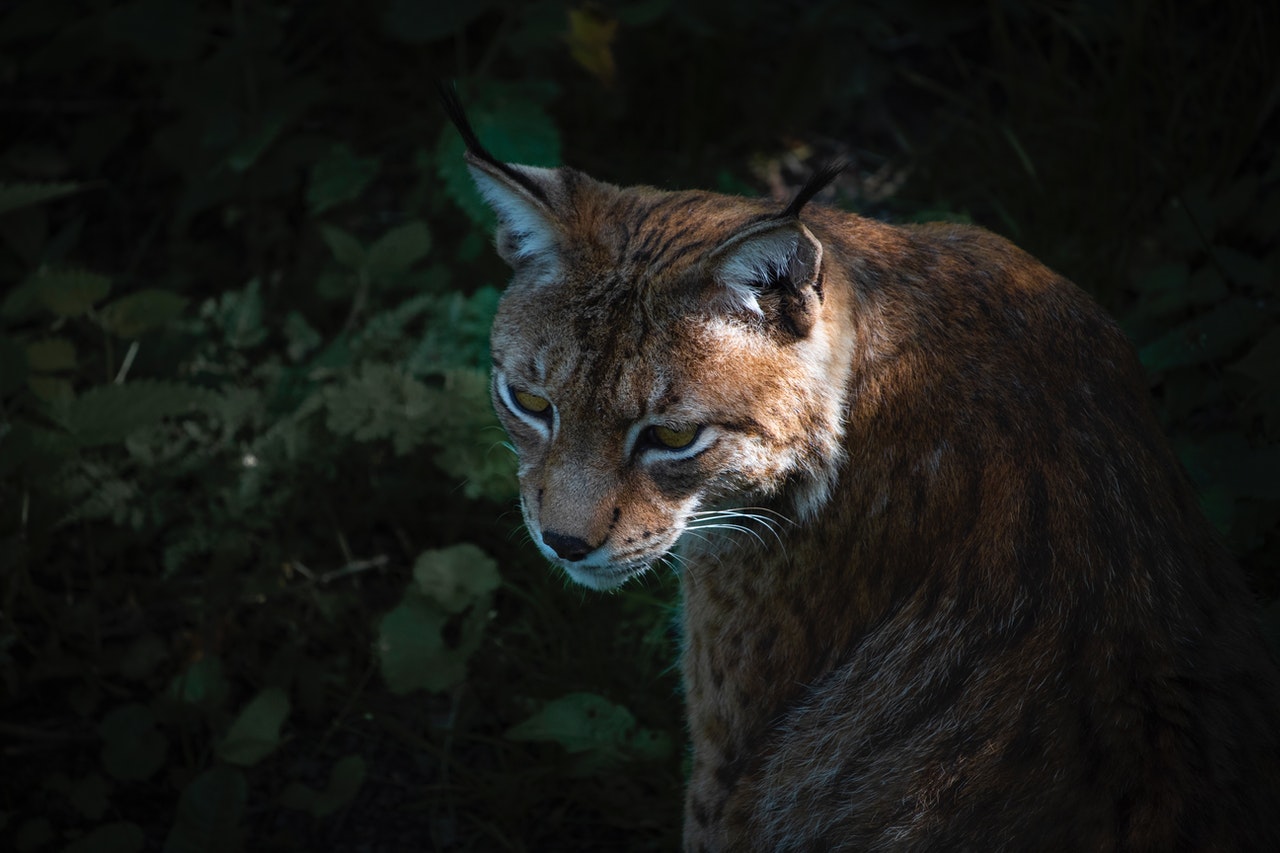
On average, bobcats can run up to speeds of 30 miles per hour.
This is equivalent to around 48 kilometers per hour and is considered to be quite fast despite not often running. Despite its speed, a bobcat’s most powerful ability is considered to be its pounce where it can jump as far as 12 feet towards its prey.
The bobcat and the Canadian lynx can also cross-breed with each other.
In August of 2003, scientists were able to confirm the successful breeding attempt between the Canadian Lynx and the bobcat species. The hybrid animal between these two species is known as the Blynx or the Lynx cat. During this time, a total of three hybrids were also identified in the Northeast section of the state of Minnesota.
In the state of Florida, pythons are slowly being considered as a threat to the food source of bobcats.
As of 2000, the python population has been regularly reported to increase in Florida and has been noted to consume the same prey that bobcats do. As a result, the animals that bobcats typically hunt on to survive are continuously decreasing. To make it worse, there also have been reports of a decrease in the bobcat population in the state, pointing to deaths of the big cats due to a limited food source.
The tracks of a bobcat are typically around two inches in diameter and resemble that of a small dog’s.
Tracks of a bobcat are generally measured to be two inches in diameter from one another and resemble the tracks of a small dog. The front feet of a bobcat is also found to be slightly larger than the feet of its hind legs. The paws of a bobcat include a small notch located on the front of the heel pad where it is in the center of the track it makes.
The bobcat is considered to be the smallest among the four lynx species.
Among the four known lynx species, the Eurasia Lynx is considered to be the largest in the group and has numerous variations. The Iberian lynx is categorized as the second largest species of lynx, where the smallest are classified as the Canadian Lynx followed by the bobcat.
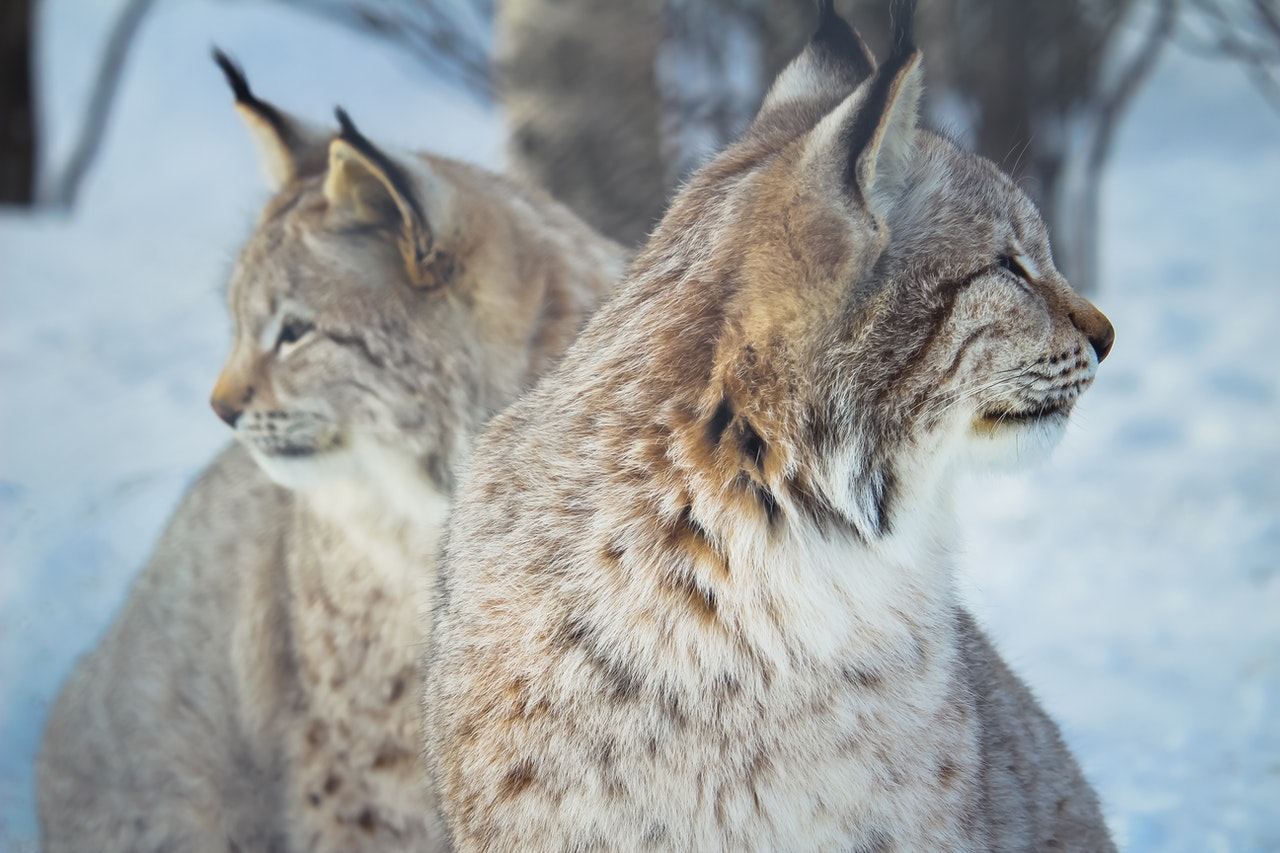
The fur of a bobcat is generally orange in color and can also have natural fur colors such as brown or grey.
The most common fur color of a bobcat is brown with a reddish tint that makes it appear to be orange. Other subspecies of this creature may also have fur colors such as grey, black, and dark brown. Typically, the fur on the underside of a bobcat will also be lighter than the fur color on the top of its body.
During mating seasons, bobcats typically make hissing and screaming noises to attract a mate.
Bobcats are noted to rarely vocalize any calls to communicate apart from during the mating season. During this time, bobcats will also compete with other males to catch the attention of the female. According to studies, the mating call of a male bobcat often resembles that of a screaming woman in agony.
Baby bobcats begin to learn how to hunt as early as five months old.
Bobcats typically mature quickly and can begin learning how to hunt for themselves by the age of five months. By the time they are eight to 11 months old, a young bobcat is ready to leave its mother and to become independent. By the time that they are a year old, a bobcat would have reached full maturity.
Bobcats are generally good swimmers despite normally avoiding going into the water.
Bobcats are talented predators even in water. It has been recorded that these creatures are capable of swimming long distances across lakes and rivers.
If a bobcat does not finish consuming its prey, it will hide the remains under dirt, leaves, or snow.
Bobcats are noted not to waste their prey if they are unable to finish consuming it in one sitting. When a bobcat still has a significant amount of food left after its hunt, it will store it underneath dirt or leaves to hide it from other predators. Once a bobcat goes hungry again, it will come back for the stash to finish eating it.
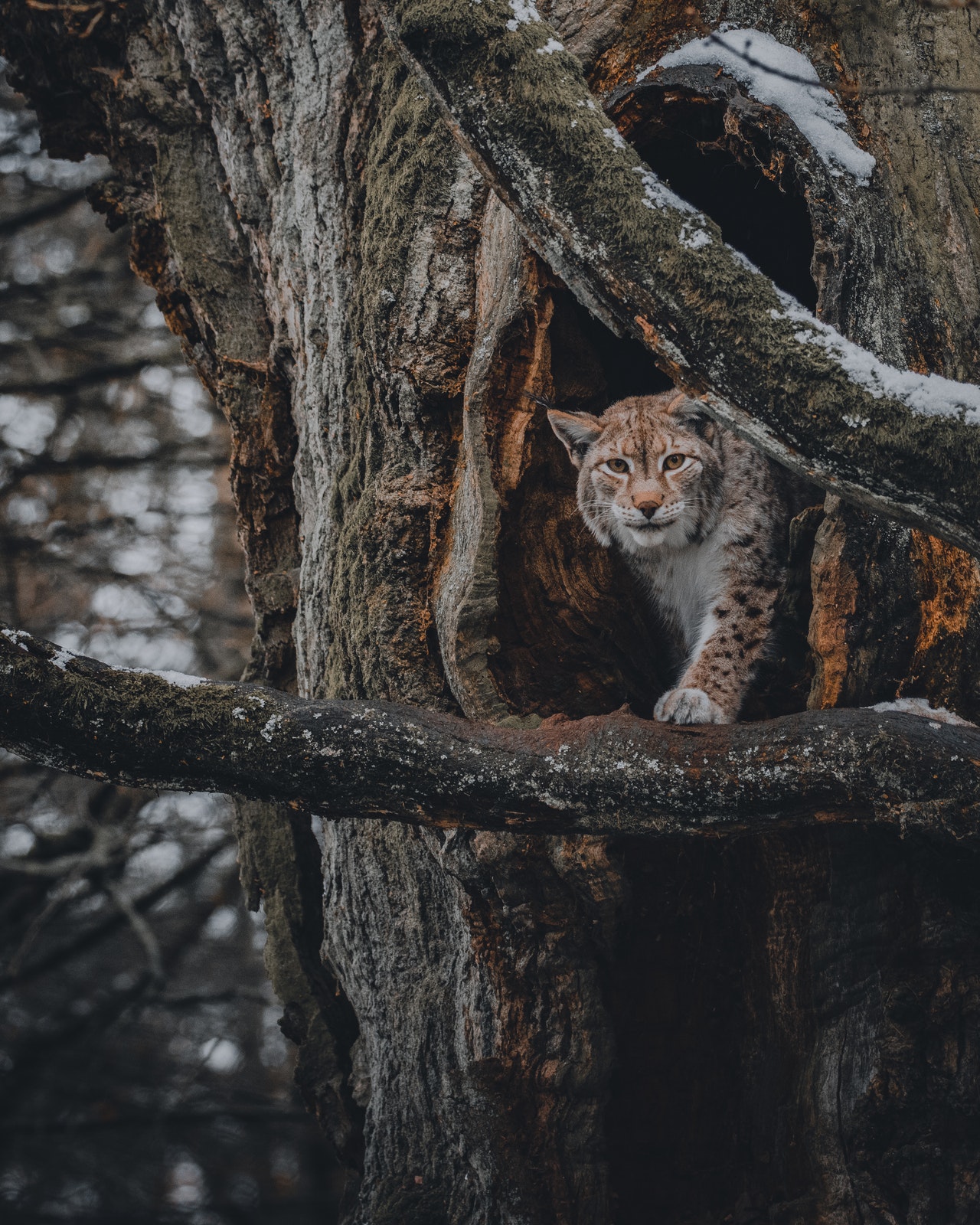
Bobcats are twice the size of the average domestic cat.
On average, a bobcat will typically weigh as much as twice the weight of a domestic cat. It has been noted that there are a few domestic cat species that closely resemble bobcats typically found in the wild.
According to Native American beliefs, the bobcat is a symbol of vigilance and patience.
The Native Americans also believed that spirit of the bobcat is the revealer of truth. In their culture, offerings are typically given to these creatures. However, there are also a few negative symbolisms that the Native Americans associated with the bobcat such as bad luck.
Bobcats are powerful and can bring down animals several times heavier than themselves.
To describe the measure of its strength, the average bobcat can successfully take down a fully grown deer regardless of its size. Its bite force is also measured at around 743 pounds per square inch. Additionally, their hunting grounds are not limited to land as they can also hunt for prey such as fish.
It is believed that some ancient individuals once kept bobcats as pets.
It is believed that bobcats once lived with people in ancient Mesopotamia as pets. Hundreds of DNA samples obtained from excavations and samples from modern cat breeds that contain feline ancestry prove this theory.
The bobcat is named after its tail.
The tail of a bobcat typically appears as if it was cut or “bobbed” hence its unique name. Their tails are often short with their fur forming a jutting pattern.
Was this page helpful?
Our commitment to delivering trustworthy and engaging content is at the heart of what we do. Each fact on our site is contributed by real users like you, bringing a wealth of diverse insights and information. To ensure the highest standards of accuracy and reliability, our dedicated editors meticulously review each submission. This process guarantees that the facts we share are not only fascinating but also credible. Trust in our commitment to quality and authenticity as you explore and learn with us.
